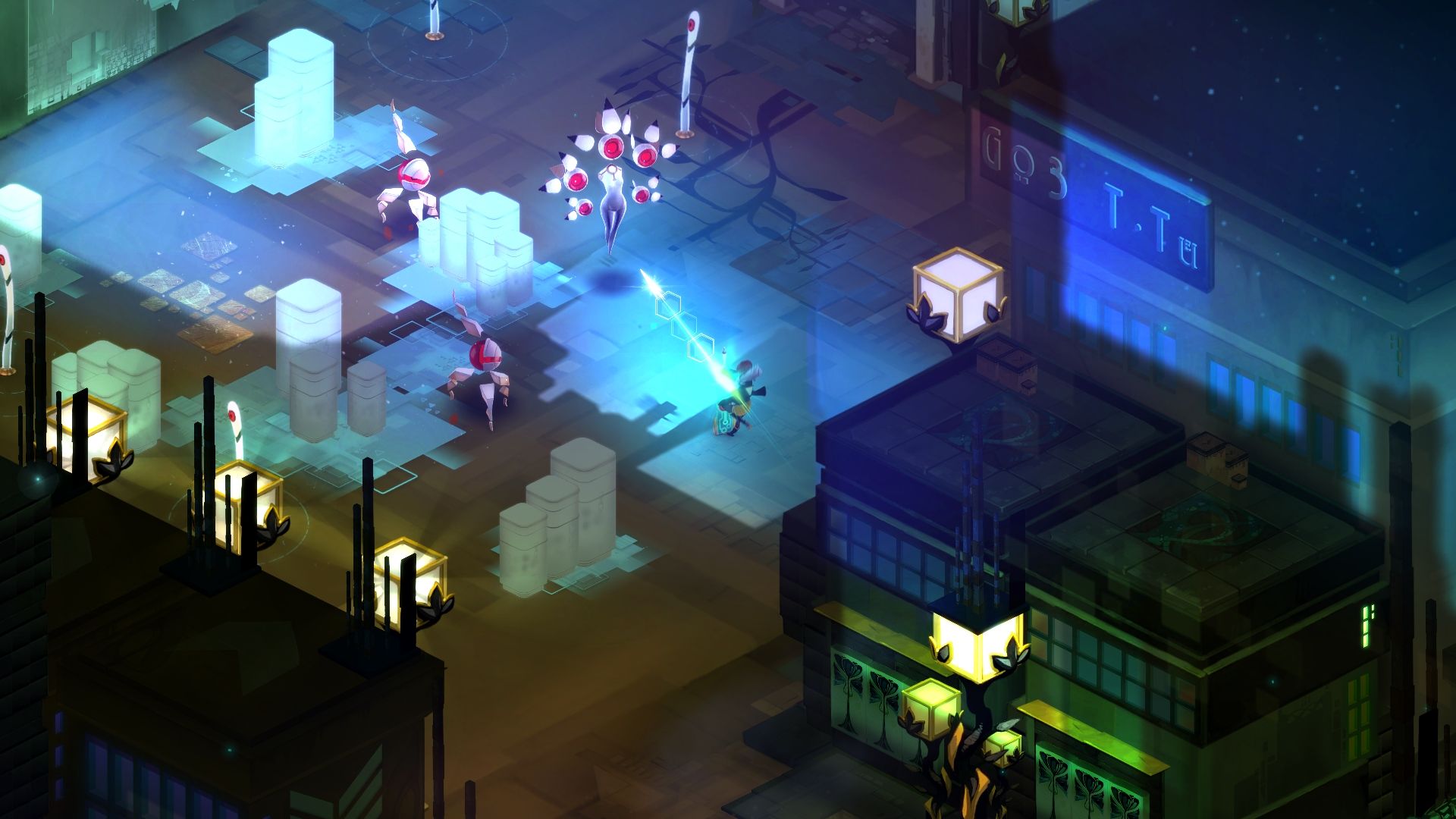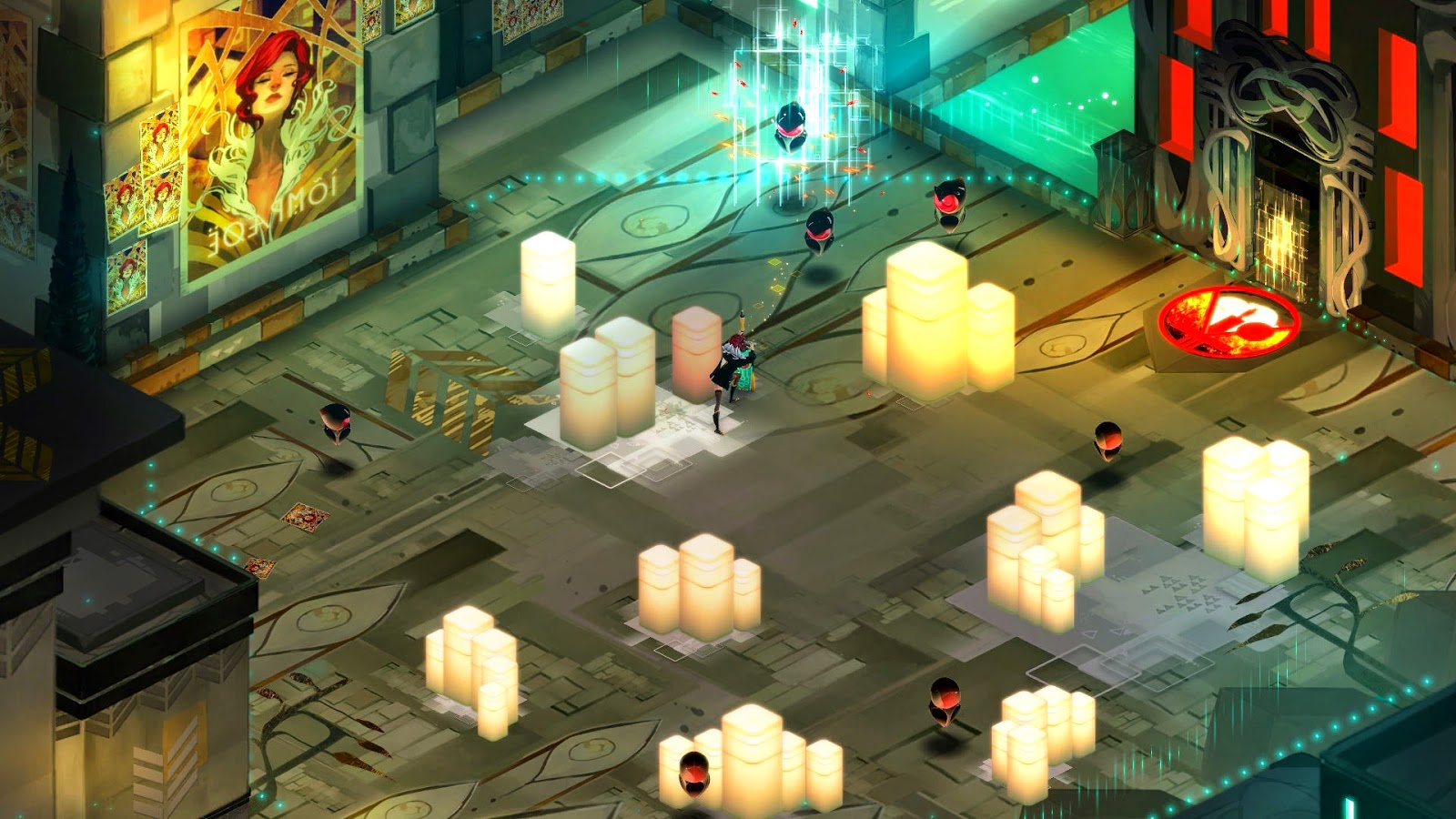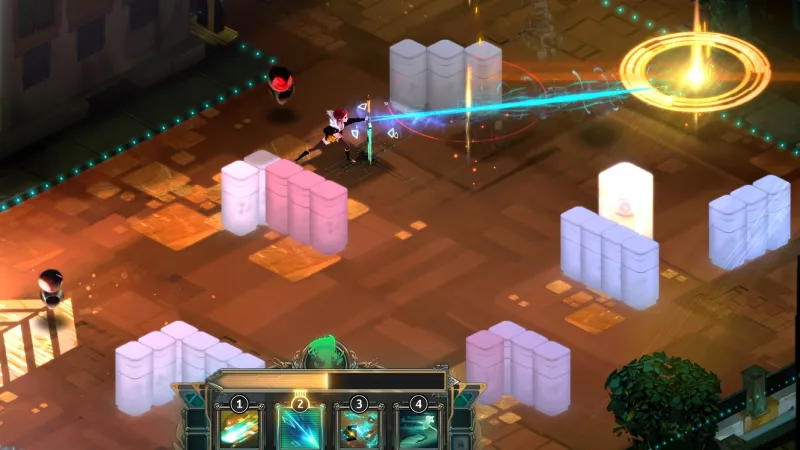In the game Transistor, “Cells” represent a vital gameplay mechanic that significantly influences combat dynamics and enemy behavior. Here’s an in-depth exploration of the types of Cells, their effects on gameplay, and their relationship to the player’s abilities known as Functions.
Types of Cells
1. Regular Cells:
– These are standard collectibles dropped by enemies upon defeat. They play a crucial role in maintaining combat flow, as players have a limited time frame to pick them up before they expire. Successfully collecting these cells is essential to avoid complications in battle, as they prevent the scenario from escalating into one with the more dangerous Bad Cells.
2. Bad Cells:
– If the player fails to collect Regular Cells in time, those Cells will either trigger the respawn of defeated enemies or transform into Bad Cells. These aggressive enemies spawn in greater numbers and present a heightened challenge in combat scenarios. The emergence of Bad Cells can significantly alter the battlefield dynamics, requiring the player to exercise more strategic thinking and crowd control.
Impact on Function Performance
Functions represent the core abilities or powers in Transistor, enabling players to conduct combat efficiently. While Cells do not directly influence the performance of these Functions, their management profoundly affects the ease with which Functions can be utilized.
– Functions and Their Slots:
– The Transistor, which serves as the player’s weapon, allows for various Functions to be organized into active, upgrade, and passive slots. These functions can be combined and leveraged strategically, but their efficacy is contingent on the player’s ability to handle the pace and pressure of enemy incursions.
– Collecting Cells vs. Function Upgrades:
– Collecting Regular Cells ensures a manageable combat environment, which allows players to better utilize their Functions. If the battlefield becomes overrun with Bad Cells due to missed collections, players may find themselves overwhelmed, making it difficult to deploy their Functions effectively.
– The actual upgrades and enhancements to Functions occur through thoughtful management of the slots within the Transistor, emphasizing that while Cells contribute to the combat ecosystem, they do not modify the individual capabilities of the Functions.
Conclusion
In conclusion, Cells in Transistor serve as a dynamic element that affects enemy behaviors and the overall intensity of combat. They are critical for maintaining control over the battlefield, as the presence of Regular and Bad Cells can drastically change the flow of gameplay. While they do not directly enhance or alter Functions, effective collection and management of Cells are integral to creating opportunities for the player to deploy their abilities successfully. Thus, the strategic interaction between Cells and Functions enriches the gameplay experience, demanding both quick reflexes and tactical foresight from players.






Leave a Reply